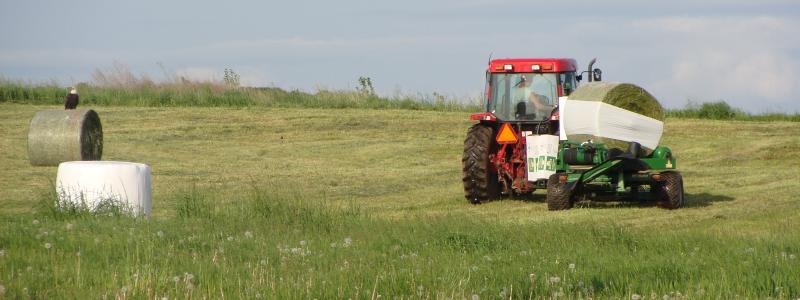While climate change-related weather patterns and other environmental factors have led to a diminishing supply of food for bald eagles that live along North America’s west coast, the predator species appears to be adapting—by turning to dairy farms.
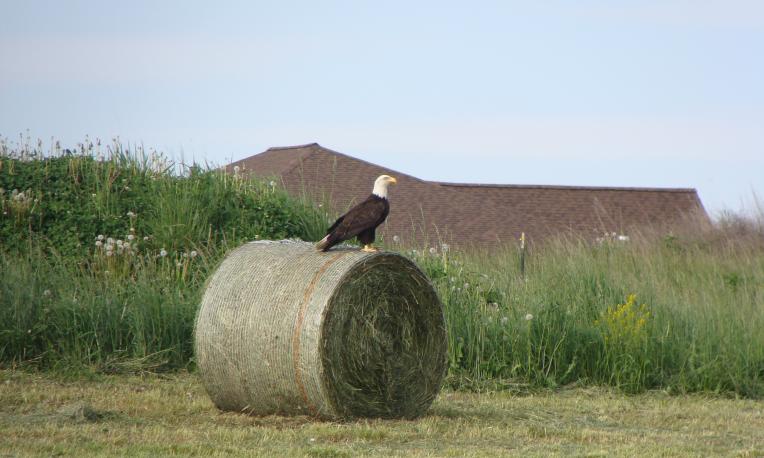
Over the past few decades, outlawing of pesticides such as DDT, along with awareness of protecting and enhancing river and stream vegetation corridors, have allowed raptor populations to rebound.
Historically, bald eagles feasted on an abundance of salmon carcasses that washed up along the riverbanks, but in recent years, climate change has delayed the spawning schedule of chum salmon, altered flooding patterns, and exacerbated other issues limiting salmon numbers. As a result, the bodies of fish that spawn and die are being swept away by higher water currents instead of being deposited along the shore to be scavenged by eagles.
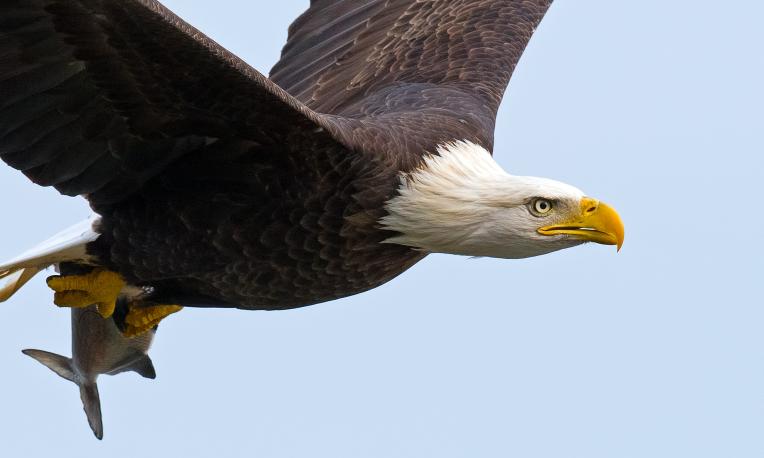
Searching for alternative food sources, eagles in northwest Washington have been increasingly drawn to dairy farms, where the birds have been spotted feeding primarily on cow afterbirth and calf carcasses.
Professor Steensma and her colleagues see that eagles and dairy farms are “participating in an exchange of ecosystem services, in which both parties win.”
Professor Karen Steensma of TWU, along with researchers from the University of Washington and Cornell University, are interested in this relationship among eagles, farmers, and their surrounding ecosystem. Their study, “A win–win between farmers and an apex predator: investigating the relationship between bald eagles and dairy farms,” was recently published in Ecosphere.
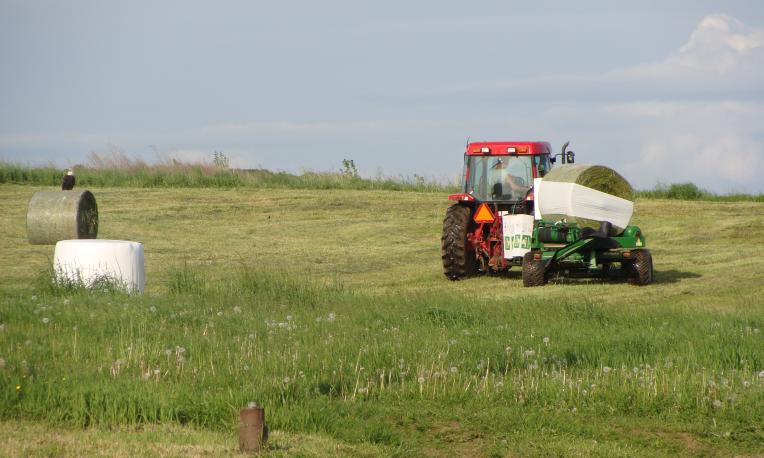
Through interviews with 20 farmers operating dairy farms in Whatcom County (WA, USA), Professor Steensma and her colleagues found that these farmers were not burdened by the presence of eagles on their property. Moreover, many farmers felt that eagles provided benefits to their farms.
Steensma is encouraged by farmers’ ability to “know their own land and wildlife, and to think critically about how to maximize benefits for people, agriculture, and wildlife in the spaces they share.”
Indeed, Professor Steensma and her colleagues see that eagles and dairy farms are “participating in an exchange of ecosystem services, in which both parties win.” Their research reports that, in contrast to popular ideas about inevitability of conflict between farmers and scavenger species, dairy farmers and eagles are “able to coexist and can even benefit from each other's presence.”
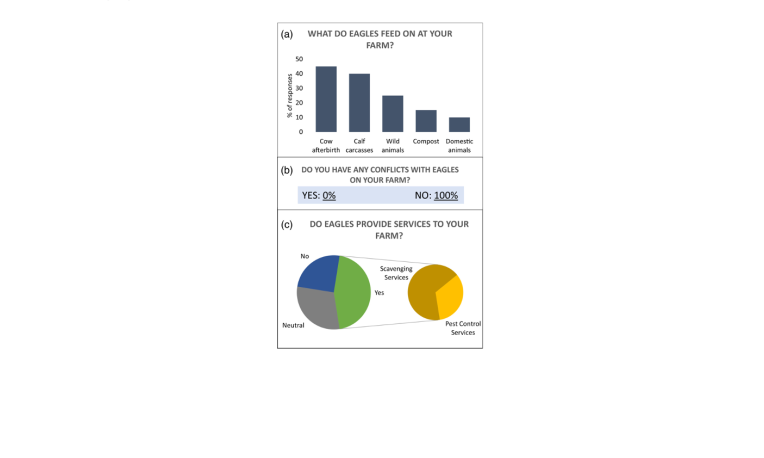
Steensma points out that farms, especially dairies, provide significant habitat for eagles and other wildlife through voluntary environmental stewardship, such as streamside plantings and preservation of existing trees. Additionally, most dairies—whether using organic or conventional practices—have little need for pesticides in comparison to fruit and vegetable growers. Thus these grass-focused habitats can be quite amenable to native wildlife species such as eagles.
Steensma is encouraged by farmers’ ability to “know their own land and wildlife, and to think critically about how to maximize benefits for people, agriculture, and wildlife in the spaces they share.”
In return, eagles, as scavengers, can make use of farm by-products such as animal carcasses. As predators, eagles will also prey on waterfowl and poultry; in turn, the presence of eagles may help to minimize crop damage from waterfowl, starlings, and rodents.
Whether British Columbia’s Fraser Valley dairy farms are seeing similar patterns, and perceive similar exchanges of ecosystem services with wildlife and natural vegetation, has yet to be determined. Steensma is encouraged by farmers’ ability to “know their own land and wildlife, and to think critically about how to maximize benefits for people, agriculture, and wildlife in the spaces they share.”
See also: Karen Steensma's research featured on CBC News, Vancouver Sun and USA Today.
About TWU's Faculty of Natural & Applied Sciences
The Faculty of Natural and Applied Sciences offers exceptional and rigorous educational experiences, both in the classroom and the lab. Your science education will be delivered by capable, committed Christian educators who are not only experts in their fields but scholars who continually advance their disciplines through research. Learn more at the Faculty of Natural & Applied Sciences.
About Trinity Western University
Founded in 1962, Trinity Western University is a global Christian liberal arts university. We are dedicated to equipping students to discover meaningful connections between career, life, and the needs of the world. Drawing upon the riches of the Christian tradition, seeking to unite faith and reason through teaching and scholarship, Trinity Western University is a degree-granting research institution offering liberal arts and sciences as well as professional schools in business, nursing, education, human kinetics, graduate studies, and arts, media, and culture. It has four locations in Canada: Langley, Richmond-Lansdowne, Richmond-Minoru, and Ottawa. Learn more at www.twu.ca or follow us on Instagram @trinitywestern, Twitter @TrinityWestern, on Facebook and LinkedIn.
For media inquiries, please contact: media@twu.ca.

